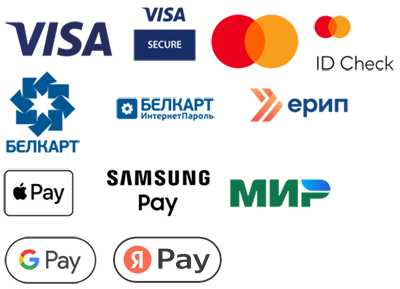Gross domestic product (GDP) may seem like just an economic term, but it is far from it. In fact, GDP is a fundamental indicator that can be observed in various aspects of our daily lives. It is not just the sum of goods and services produced in a country; in fact, GDP is an indicator of the health of the economy and the potential of the standard of living of citizens.
Why the potential? Because not always a manufactured product is sold!
What Is GDP?
At the most basic level, GDP represents the total value of all goods and services created in a country over a certain period of time, most often over a year. We can say that this is a kind of "barometer of economic well-being", which shows how effectivelythe country creates wealth.
Why do we need GDP?
Assessment of the economic condition: GDP provides an opportunity for governments and economists to analyze the current state of the economy.
Comparative analysis of countries: This indicator allows you to compare the economic power of different states and determine which of them are more developed.
Approval of investment decisions: Entrepreneurs and investors rely on GDP data to form investment strategies and expand their business.
How is GDP calculated?
There are three key approaches to calculating GDP:
1 - Value Added Method: This method focuses on how much added value is created in various sectors of the economy. For example, a furniture factory that produces tables adds value to raw materials (such as wood) and labor. At the same time, the profit from the sale of tables is also taken into account.
Example: If a table costs $2,000 and the cost of raw materials is $1,000, the value added will be $1,000, which is included in the calculation of GDP.
2 - Expenditure method: In this case, GDP is calculated as the sum of all expenditures on final goods and services.
The formula looks like this: GDP = C + I + G + (X - M) where:
C–consumer spending,
I – investments,
G– government spending,
X – export,
M – import.
Example: If a family bought a sofa for $600, and the state spent $5,000 on building schools, these costs are also added to the total GDP.
3 - Income Method: This approach calculates GDP based on the income that factors of production receive, such as salaries, profits and taxes.
Example: If an employee earns $2,000 and the company makes a profit of $3,000, these amounts are included in the calculation of GDP.
Why might the results differ?
Sometimes GDP calculated using different methods can result in slightly different values. Here are a few reasons:
- Different data sources: One method may rely on household surveys, and the other on company reports. If the data contradict each other, this can lead to differences in the final figures.
- Different accounting methodologies: Some investments or expenses may be accounted for differently depending on the method used.
- Seasonal correction: Statistics are often adjusted depending on the time of year, which may affect the results.
Produced, but not sold!
When we talk about gross domestic product (GDP), we often focus on what goods and services were sold. However, one of the important aspects of GDP is that it takes into account not only the goods and services sold, but also what was produced, but did not find its buyer. This highlights the difference between manufactured and sold.
Why is this important?
Data distortion: If a lot of goods are produced but not sold, it may give the impression that the economy is growing more actively than it actually is. That is, at first glance, the GDP figures may look large, but the real consumption of these goods may be low.
The gap between production and demand: When too many unsold goods are produced, this can indicate problems in the economy, such as insufficient demand for goods. This may be due to changes in consumer preferences or economic difficulties.
The need for in-depth analysis: For the correct interpretation of economic indicators, other aspects must be taken into account, such as stocks of goods in warehouses. A simple GDP figure may not give a complete picture, and it is important to analyze how many goods are actually sold and how many remain in warehouses.
As a result, for a more accurate understanding of the state of the economy, more complex and detailed analyses are needed, which take into account both manufactured and sold goods in order to avoid distortions in the interpretation of data.
GDP is not just a set of numbers in economic reports. This is a complex and multifaceted process that allows for a deeper understanding of how the country's economy functions.
It should be noted that this indicator in itself is not a complete criterion of economic well-being, since it does not take into account such important factors as the debt burden and other circumstances affecting the standard of living of an ordinary person. Understanding how it is calculated and why values can vary helps us better understand how economics affects our daily reality.































